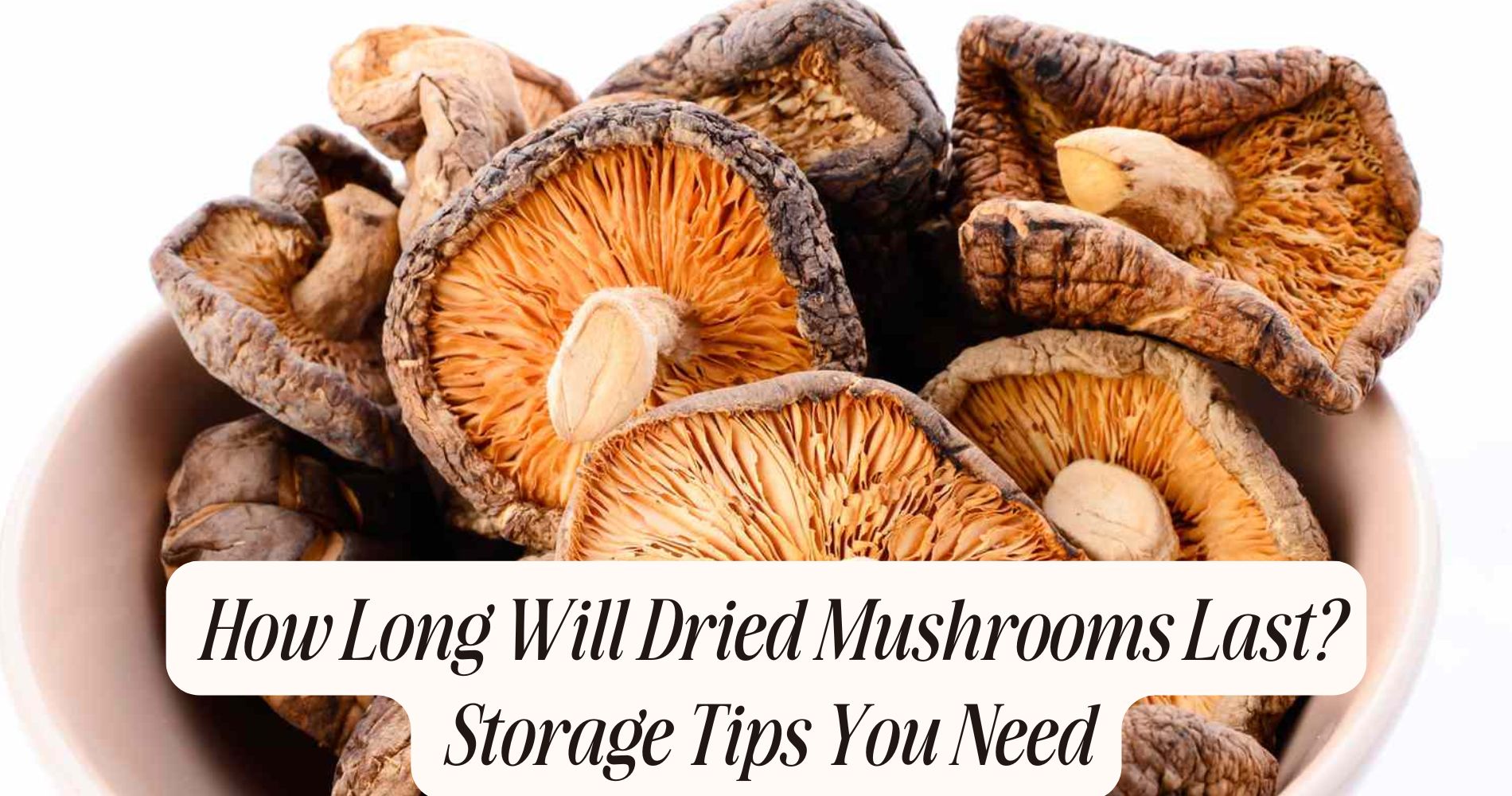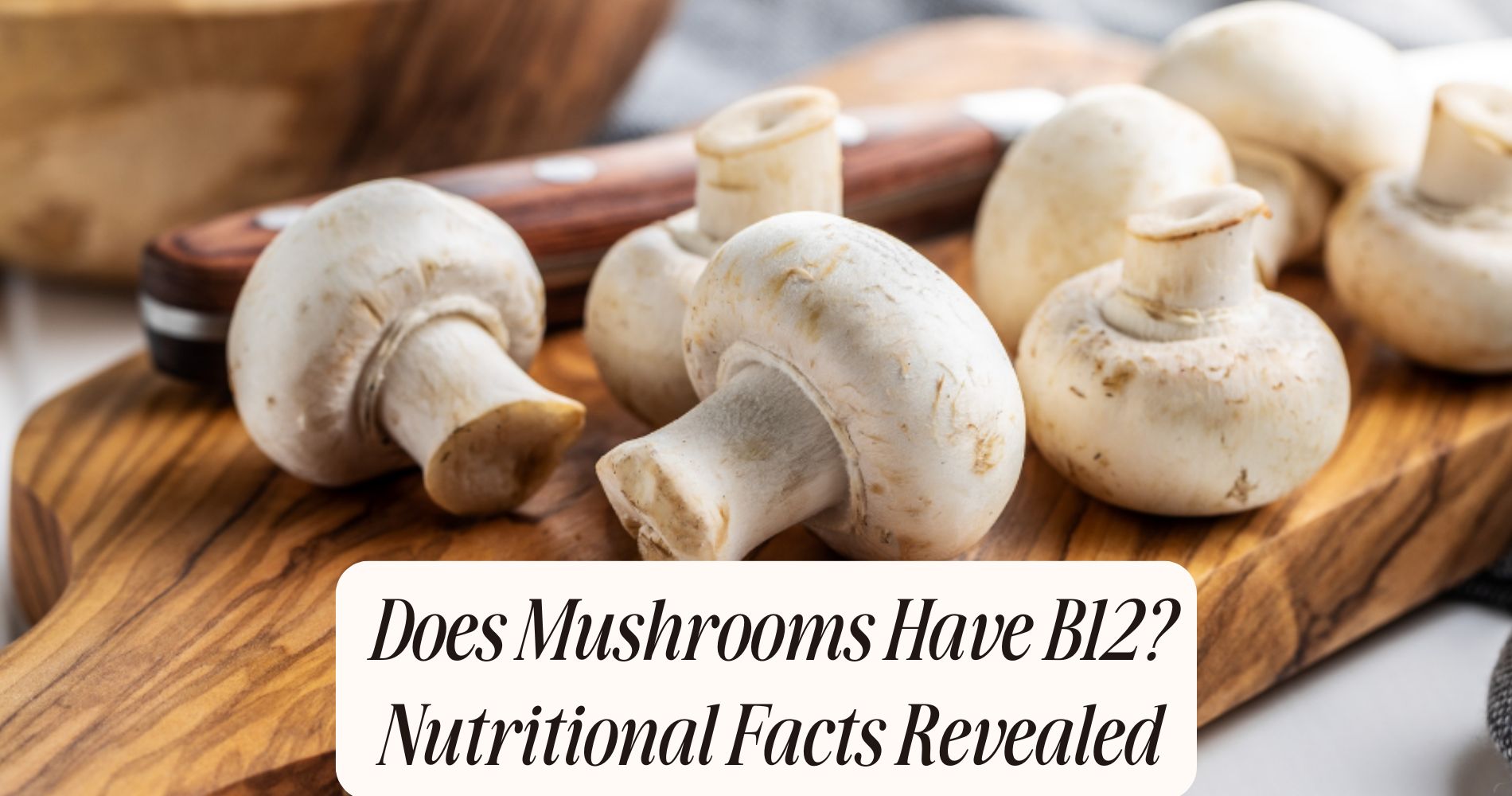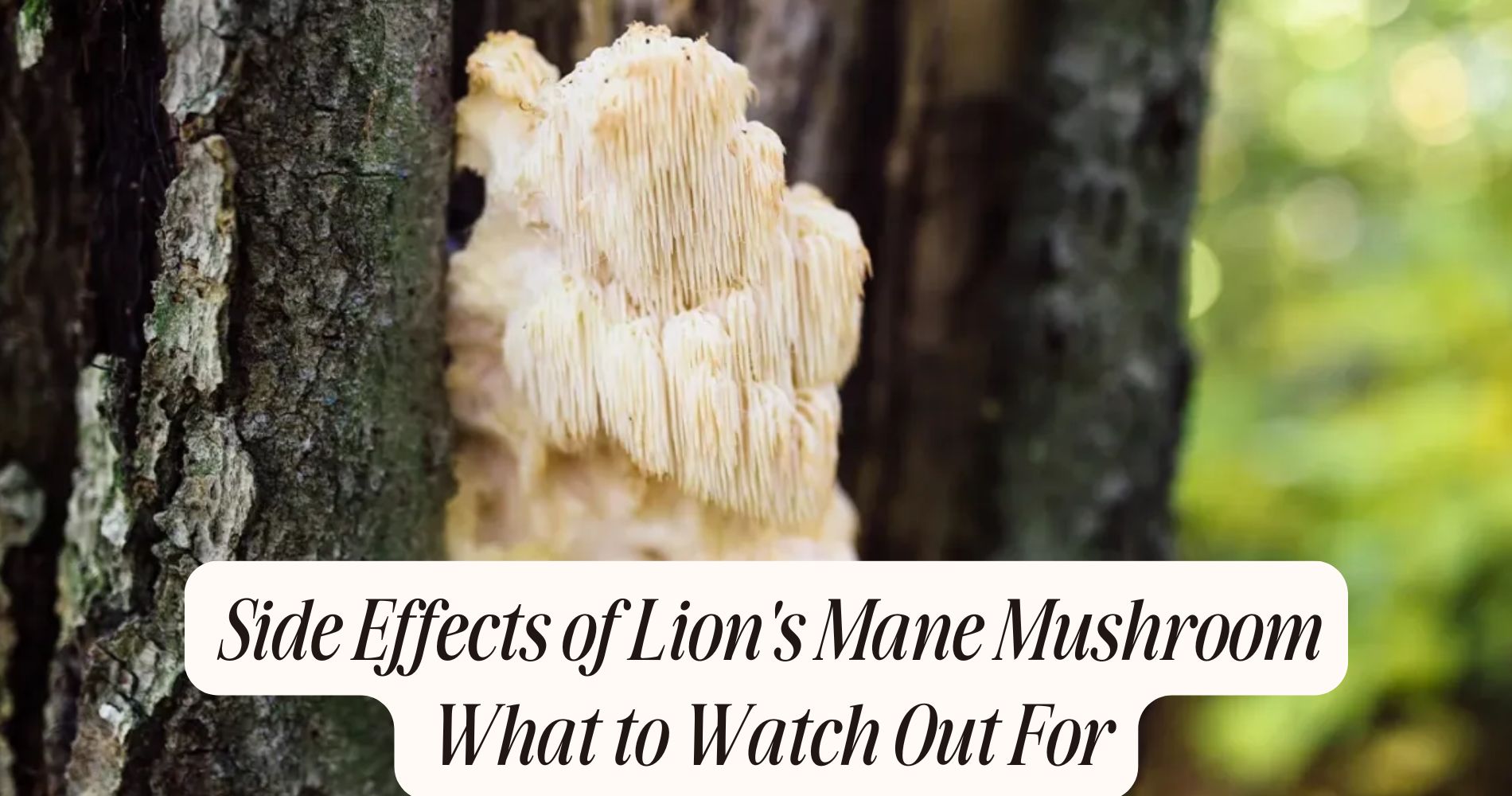
How Long Will Dried Mushrooms Last? Storage Tips You Need
How long will dried mushrooms last? When it comes to storing dried mushrooms, understanding their shelf life and proper storage methods is vital. Dried mushrooms can last anywhere from one to three years, but that longevity depends on how you store them. Keeping them in a cool, dark, and dry environment is essential for maintaining their flavor and preventing spoilage. However, many overlook key aspects of storage that can greatly impact their quality. Let’s explore the best practices to guarantee your dried mushrooms stay fresh.
Understanding Dried Mushrooms: Types and Varieties
When you explore the world of dried mushrooms, you'll find a diverse array of types and varieties, each with unique flavors and culinary uses.
Common dried mushrooms include shiitake, porcini, and morels, each offering distinct taste profiles that enhance various dishes. Shiitake mushrooms are often used in Asian cuisines, while porcini are prized for their earthy flavor in Italian recipes.

Beyond their culinary uses, many dried mushrooms also boast medicinal properties. For instance, reishi mushrooms are known for their immune-boosting benefits, while lion's mane may support cognitive health.
Understanding these varieties allows you to select the right mushrooms for your cooking and health needs, maximizing both flavor and nutritional value in your meals.
Shelf Life of Dried Mushrooms: What to Expect
Although dried mushrooms have a long shelf life, several factors influence how long they actually stay fresh and flavorful. Typically, when stored properly in a cool, dark, and dry place, dried mushrooms can last anywhere from one to three years.
Factors like humidity, light exposure, and temperature can greatly impact their longevity. It’s crucial to keep them in airtight containers to protect against moisture and pests.
Signs of Spoilage: How to Identify Bad Dried Mushrooms
To guarantee your dried mushrooms remain safe and enjoyable, it's essential to recognize the signs of spoilage.
Start by checking for any visible mold; if you spot green, black, or white fuzzy patches, it’s time to discard them.
Another sign of spoilage is an off or rancid smell that deviates from their natural earthy aroma.

Additionally, if the mushrooms feel overly soft or exhibit an unusual texture, they may no longer be safe to consume.
Be cautious with any signs of discoloration, as this can indicate deterioration.
Regularly inspecting your dried mushrooms will help you in detecting mold and other spoilage indicators, ensuring you enjoy them at their best.
Ideal Storage Conditions for Dried Mushrooms
Proper storage greatly impacts the longevity and quality of your dried mushrooms. To maximize their shelf life, focus on moisture control and temperature regulation.
Store your mushrooms in a cool, dark, and dry environment, ideally between 60°F and 75°F (15°C to 24°C). High humidity can lead to mold growth, so keep them in a location with low moisture levels. Avoid places like kitchens or bathrooms where humidity fluctuates.
Additionally, temperature regulation is essential; avoid exposing them to extreme heat or direct sunlight, which can degrade their flavor and texture.
Best Containers for Storing Dried Mushrooms
Choosing the right container for storing dried mushrooms is crucial for maintaining their quality and extending their shelf life.
Glass jars are an excellent option due to their airtight seal, which protects the mushrooms from moisture and air. Make sure the jars are dark or opaque to shield the mushrooms from light, which can degrade their flavor.

Another effective method is vacuum sealing, as it removes excess air and further prevents moisture. If you opt for vacuum sealing, use bags specifically designed for this purpose to avoid tears and leaks.
Always label your containers with the date of storage, so you can keep track of freshness.
How to Extend the Shelf Life of Dried Mushrooms
While you may enjoy the rich flavors of dried mushrooms, it’s essential to take specific steps to extend their shelf life effectively. Implementing best practices for storage is important.
Start by keeping your dried mushrooms in a cool, dark place to minimize exposure to light and heat. Use airtight containers to prevent moisture infiltration, as moisture control is critical in preserving their quality.
If possible, vacuum-seal your mushrooms, as this further reduces oxygen exposure. Additionally, avoid storing them near spices or foods with strong odors, as dried mushrooms can absorb these scents.
Regularly check for signs of moisture or spoilage and discard any affected mushrooms to maintain the integrity of your supply. Following these tips will help you enjoy your mushrooms longer.
Using Oxygen Absorbers for Long-Term Storage
When you aim for long-term storage of dried mushrooms, incorporating oxygen absorbers into your packaging can greatly enhance their preservation.
Oxygen absorbers work by removing oxygen from the sealed environment, which considerably slows down the degradation process. By reducing oxidation, these absorbers help retain flavor, color, and nutritional value, extending the shelf life of your mushrooms.
To use them effectively, place an appropriate-sized oxygen absorber in each container before sealing it tightly. Make sure the packaging is moisture-proof to prevent any spoilage.
It's vital to regularly check the condition of your dried mushrooms, even with oxygen absorbers in place, ensuring they remain safe and flavorful for your culinary needs.
Rehydrating Dried Mushrooms: Tips and Techniques
To successfully rehydrate dried mushrooms, it’s crucial to understand the right techniques that guarantee they regain their original texture and flavor.
One effective rehydration method is soaking them in warm water for 20 to 30 minutes; this allows the mushrooms to absorb moisture gradually. For a quicker option, you can use hot water, but be cautious not to exceed 15 minutes, as it may impact texture.

Consider adding a splash of soy sauce or broth during soaking for flavor enhancement, creating a richer profile.
After rehydration, always strain the liquid to use as a flavorful base for soups or sauces.
Creative Ways to Use Dried Mushrooms in Cooking
After rehydrating dried mushrooms, you can explore numerous creative ways to incorporate them into your cooking. One excellent option is to make a rich and creamy mushroom risotto. The rehydrated mushrooms add depth and umami, enhancing the dish’s overall flavor. Simply sauté them with shallots and Arborio rice, then gradually add stock for a luscious consistency.
Another fantastic use is in dried mushroom soup. By blending the rehydrated mushrooms with vegetable or chicken broth, you create a hearty, flavorful base. Consider adding fresh herbs and spices to elevate the taste.
These methods not only maximize the mushrooms' flavor but also guarantee you make the most of their nutritional benefits, transforming simple dishes into gourmet experiences.
Frequently Overlooked Storage Mistakes to Avoid
While many cooks focus on the culinary uses of dried mushrooms, they often overlook essential storage mistakes that can compromise their quality. One common error is inadequate moisture control; storing mushrooms in humid environments can lead to mold and spoilage.
Always keep them in a cool, dry place, ideally in airtight containers to minimize moisture exposure.
Another mistake is failing to take into account light exposure. Direct sunlight or even fluorescent lights can degrade the mushrooms’ flavor and nutritional value.
Opt for opaque or dark containers to shield them from light.
Gummy Power That Lasts Longer Than Dried Mushrooms
If keeping dried mushrooms fresh feels like a chore, meet your hassle-free alternative—SUPER MUSHROOM GUMMIES by Well Gummies. Packed with the power of 10 functional mushrooms, these delicious wild berry chews deliver all the brain-boosting, immune-supporting, and energy-enhancing benefits of mushrooms—no soaking or storing required. Vegan, convenient, and crash-free, they’re the perfect way to keep your wellness routine strong and steady. Enjoy the benefits daily without worrying about shelf life—just pop, chew, and thrive.
Frequently Asked Questions
Can I Freeze Dried Mushrooms for Longer Storage?
Yes, you can freeze dried mushrooms for longer storage. Use proper freezing methods, like vacuum sealing, to prevent freezer burn. Different mushroom varieties may require varying techniques to maintain their flavor and texture during freezing.
Do Dried Mushrooms Lose Flavor Over Time?
Yes, dried mushrooms can lose flavor over time. Proper storage helps maintain flavor preservation and mushroom potency, but even under ideal conditions, expect gradual degradation, impacting your culinary experience with less intense aromas and tastes.
Can I Store Dried Mushrooms in the Refrigerator?
You can store dried mushrooms in the refrigerator for mushroom preservation, but it’s usually unnecessary. Instead, keep them in a cool, dark place in an airtight container to maintain their flavor and texture longer.
What’S the Best Way to Rehydrate Dried Mushrooms?
To rehydrate dried mushrooms, you can use hot water, broth, or even wine. Soak them for 20 to 30 minutes, depending on the size. This method enhances flavors in various mushroom dishes, ensuring ideal taste.
Are There Health Risks From Consuming Expired Dried Mushrooms?
Consuming expired mushrooms can pose health concerns, including potential exposure to mold or toxins. Always inspect dried mushrooms for signs of spoilage before use, and when in doubt, it’s safer to discard them.
Conclusion
In summary, properly storing dried mushrooms guarantees their longevity and flavor. By keeping them in a cool, dark place and using airtight containers, you can maximize their shelf life from one to three years. Regularly check for signs of spoilage and consider using oxygen absorbers for added protection. With these storage tips, you'll maintain the quality of your dried mushrooms, allowing you to enjoy their rich flavors in a variety of dishes for years to come.




